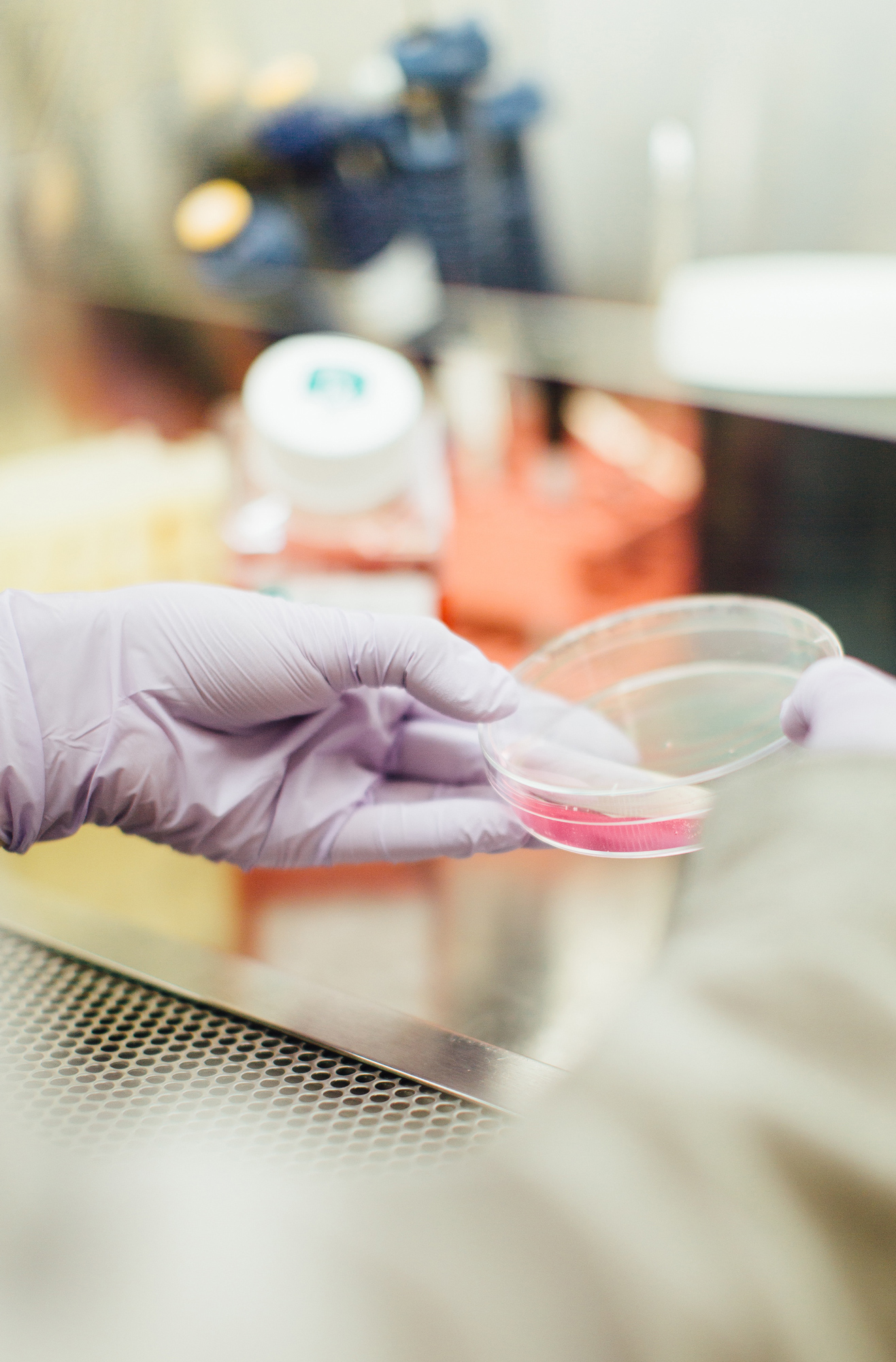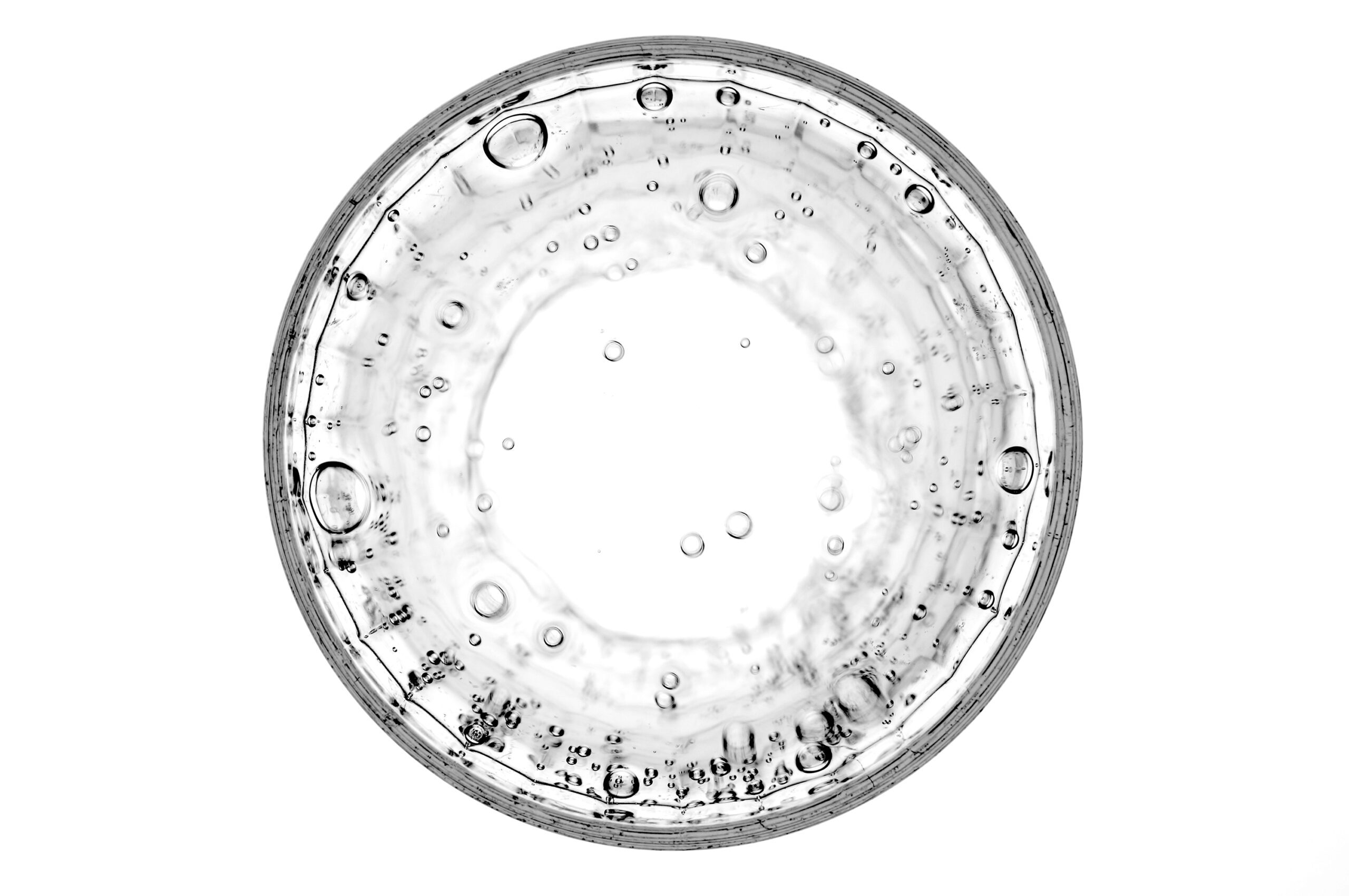Criterion –
A festival that is as liberating as spring cleaning
Nicole Gutschalk • 11.04.2019
Sustainability is often associated with making sacrifices and lack of enjoyment. The Criterion Festival shows that there is another way. And that sensible and ecological can actually be better and more beautiful – even when cleaning.
Time, to rethink. To dare to do something new. Especially if we want to develop a sustainable future – into a future with a future, so to speak. You can end up racking your brains about this and end up in a state of shock. Or you can take matters in hand, just like the creators of the second Criterion Festival in Zurich and its approximately 200 exhibitors; all pioneers and practitioners in sustainability.
The festival is taking place for the second time. And again with the beautiful spring weather; on a weekend that seems to be made for clearing your mind, revamping your own garden or ridding your life, home and house of winter cobwebs. And this refreshing feeling – a mix of new beginnings and spring cleaning – also swept in approximately 11,000 visitors to the exhibition hall in Zurich Oerlikon. “The spirit of optimism was palpable,” said Regina Gregory, one Criterion’s initiators. Visitors came here to gather new ideas for their own day-to-day lives with respect to sustainability and ecology. To discover new things and – not least – to rethink old habits. The pioneering spirit of exhibitors from the fields of design, cooking, crafts and research ensured they were not disappointed: Visitors were able to enjoy a range of regional specialties, discover rare vegetable seedlings, learn about the importance of wild bees, learn the craft of pickle-free sausage – and – yes you read it correctly – develop a new urge for cleaning.
Cleaning:
Usually an annoying and ecologically damaging activity. An efficient, deep clean, as germ-free as possible, is the ultimate aim – meanwhile the spring sun mercilessly shows us just what dirt has accumulated throughout the winter months. So we wash the clothes all hygienically and pure, disinfect the kitchen shelves with antibacterial sprays and clean the children’s toys and bottles with alcohol.
A germ-free home has almost become synonymous with cleanliness and health.
But is this type of cleaning really useful? Or could it be counterproductive and ultimately damaging, not only to the environment, but also to ourselves, to our immune system? Joel Weil, Managing Director of EM Solutions based in Wädenswil, Zurich, was one of the exhibitors at this year’s Criterion. “Our philosophy is to create a natural balance between man and the environment,” says Joel Weil.
“We need to stop poisoning both the inside of our buildings and the outside world. That is why we work with benign so-called effective microorganisms (EM) rather than with aggressive chemicals.
“In and of itself, the use of bacteria for cleaning is nothing new. For a long time now, water treatment plants have been using microbes to turn our wastewater back into drinking water. However, most of us struggle with the idea of microorganisms being used for cleaning. Bacteria crawling over our furniture, kitchen shelves and tables to ensure cleanliness. “I tell sceptics that there are around one kilogram of bacteria on our skin, many times more in our intestines and around 10 billion germs in just one millilitre of saliva,” says Weil. “Furthermore, without the help of microorganisms, there would be no cheese, salami, bread, wine or beer.”
But how do such efficient microorganisms work around the home?
Is it like armies of elves casting magic spells? “more or less”, agrees Joel Weil of EM Solutions. “Or maybe like a tree filtering polluted air.” Microorganisms, for example, prefer to feed on dirt. They are almost insatiable and their appetite drives them even into tile joints and hard to reach places. After use, probiotic cleaners degrade naturally. But until complete degradation, they ensure long-lasting indoor hygiene, because the active ingredients remain on the object for some time after the cleaning process and “eat” the dirt, which reforms over time. Perfect, so we need to clean less frequently, because the microorganisms produce an antistatic effect on the surfaces. And we can use the dirty water to water our garden. Because microorganisms can be used in all areas of our lives – in the garden, in sewage treatment plants, in industry and on public transport. They are almost giving us back the chance to work with our environment holistically.
So, do you feel like spring cleaning?
In your head or daily life?
Video: Lauschsicht
Photography: Drew Hays, Karim Ghantous

